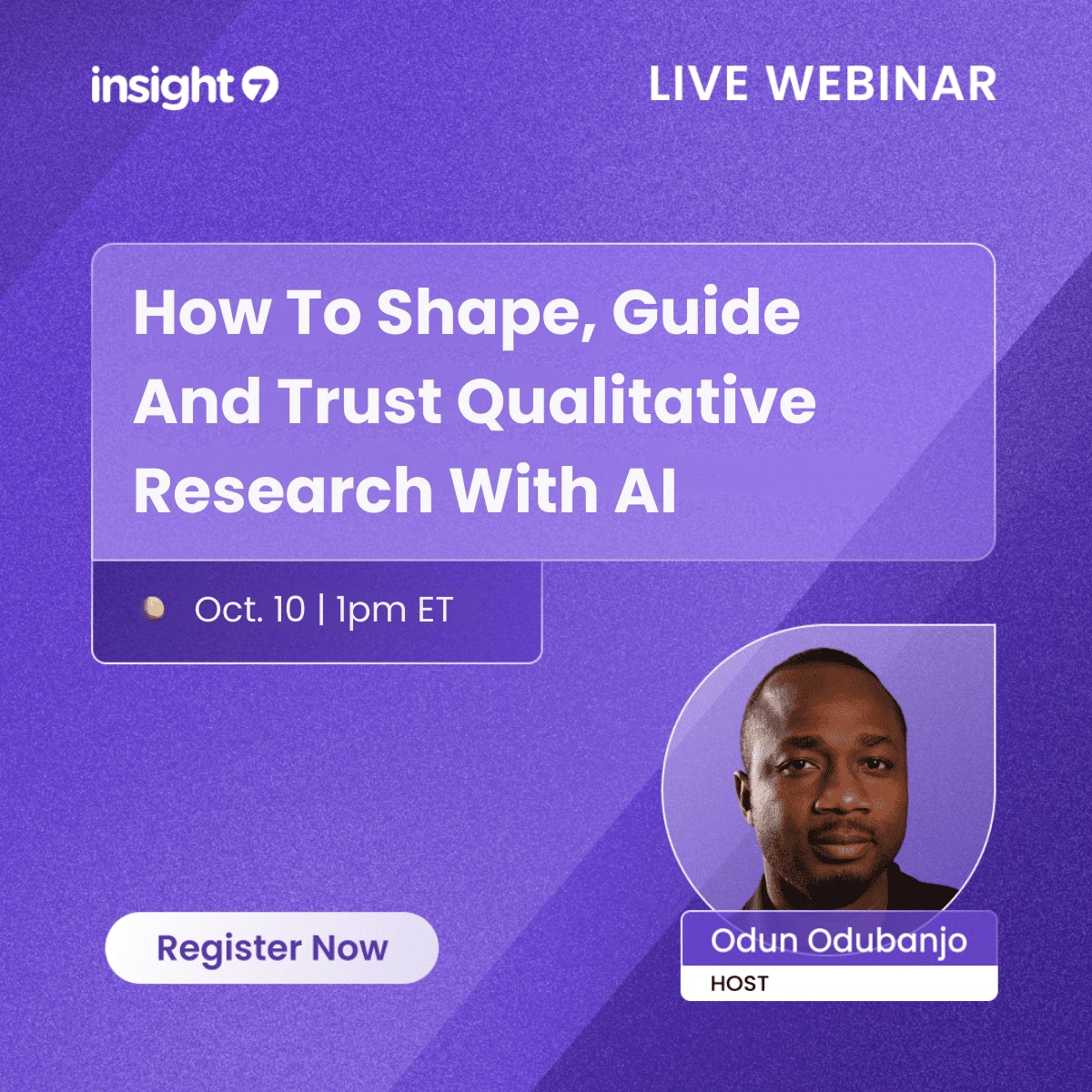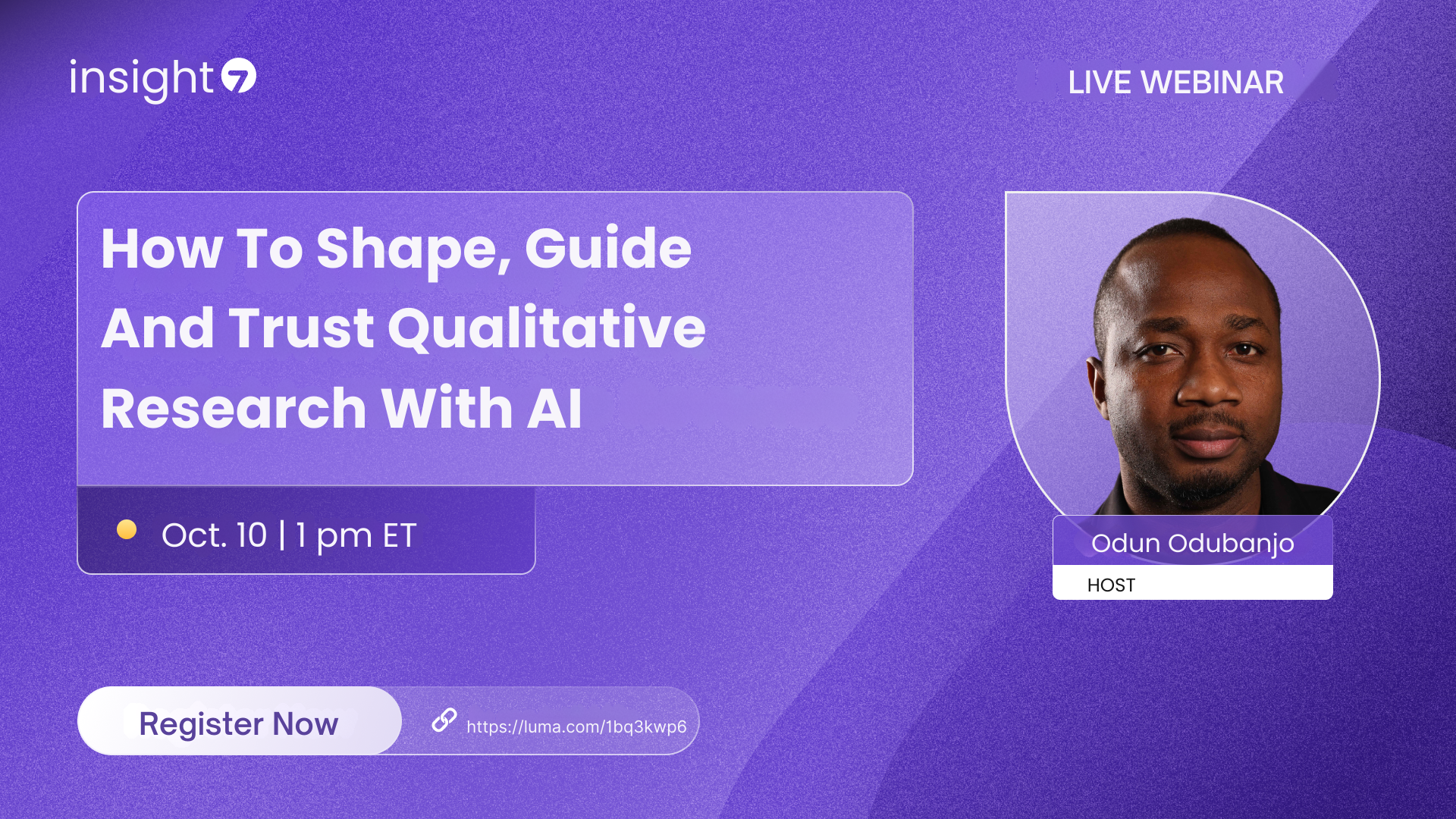Best AI Tools for Analyzing Client Transcripts
-
Bella Williams
- 10 min read
Client Transcript Analysis is a vital practice for businesses aiming to understand client perspectives and improve service offerings. In a world where customer interactions can yield vast amounts of data, efficiently analyzing these conversations is paramount. By harnessing technology, companies can unlock valuable insights from transcripts, transforming raw data into actionable strategies.
The process begins with effective transcription, allowing organizations to capture every detail of client interactions. Once transcribed, AI tools can quickly analyze these documents, extracting key sentiments, pain points, and essential trends. Utilizing sophisticated software not only streamlines the analysis but also empowers teams to make informed decisions that enhance client satisfaction and engagement.
Analyze & Evaluate Calls. At Scale.

Exploring the Best AI Tools for Client Transcript Analysis
In the realm of Client Transcript Analysis, the choice of AI tools can significantly enhance how businesses interpret conversations. These tools are designed to transcribe audio recordings into text, enabling users to delve into insights without daunting manual effort. With a few clicks, users can analyze multiple transcripts simultaneously, making the process not just efficient but scalable. The functionality to filter insights and generate summary key points ensures that critical information is highlighted, allowing businesses to react promptly to client needs.
Several noteworthy tools stand out for their capabilities. First, Otter.ai excels with its real-time transcription feature, transforming spoken interactions into precise, editable text. Next, Sonix offers impressive multi-language support, catering to companies with diverse clientele. Additionally, Descript allows users to edit content seamlessly, transforming transcripts into polished audio and video outputs while retaining the context of client conversations. Each of these tools enhances Client Transcript Analysis, ensuring businesses can derive valuable insights quickly and effectively.
Insight7: Streamlining Client Data
Client Transcript Analysis can often feel overwhelming due to the sheer volume of data generated from client conversations. Insight7 addresses this challenge by streamlining client data, enabling teams to focus on the most relevant insights. With a comprehensive platform, users can easily interpret and extract key insights from interactions, significantly improving the efficiency of data analysis processes.
Effective data streamlining involves a few essential steps. First, automated transcription tools convert spoken dialogue into written text, enabling rapid access to information. Next, advanced AI features allow users to conduct sentiment analysis, revealing the emotional context of client feedback. Lastly, organizing data with categorization and tagging simplifies the retrieval of vital insights, promoting better decision-making and enhancing collaboration. This structured approach helps businesses understand client needs, ensuring their strategies remain aligned with client expectations.
Extract insights from interviews, calls, surveys and reviews for insights in minutes
Insight7 offers a comprehensive platform that simplifies the interpretation of client conversations, emphasizing sentiment analysis and key insights extraction.
The comprehensive platform focuses on simplifying client transcript analysis, making it a valuable resource for organizations aiming to improve their understanding of client interactions. By harnessing advanced sentiment analysis, users can easily decode the emotional undertones present in conversations. This feature is essential for identifying client needs and enhancing overall engagement. Instead of wrestling with scattered insights, companies can centralize their data, leading to quicker decision-making.
Moreover, the platform excels at extracting key insights from client conversations. This aspect enables teams to transform raw feedback into actionable strategies seamlessly. Users can analyze multiple interviews at scale, ensuring they are not overwhelmed by data overload. By employing such a robust system for client transcript analysis, organizations can significantly enhance their ability to respond to client needs effectively and remain competitive in their industries.
Otter.ai: Transcription and Note-taking
Transcription plays a vital role in client transcript analysis, ensuring that conversations are accurately captured for effective review. The process typically begins with transcription, converting client calls into text format that can be easily analyzed. This step is crucial as it allows businesses to examine the content of client interactions, identify trends, and extract actionable insights. By utilizing advanced technology, organizations can transcribe multiple files concurrently, significantly enhancing efficiency.
In addition to transcription, note-taking functionalities enable users to highlight key insights from conversations. This feature allows for the extraction of specific pain points, direct quotes, and summary highlights that inform better decision-making. The ability to filter and categorize data further streamlines the analysis process, making it easier for teams to understand client needs and improve their services. With these capabilities, effective client transcript analysis becomes manageable and insightful, leading to improved strategies and customer satisfaction.
Otter.ai provides real-time transcription, making it easy to generate accurate textual data from client calls and meetings.
Generating accurate textual data from client calls and meetings is crucial for effective client transcript analysis. Real-time transcription technology allows professionals to capture the essence of conversations, making valuable insights easily accessible. The process begins by transcribing audio recordings, which transforms spoken words into written format. This step is essential for those who rely on audio files as their primary data source.
Once transcribed, these texts can be effectively analyzed for key themes and sentiments. Users can simply upload their recordings and receive a comprehensive transcript, complete with highlighted insights drawn from the conversations. The information extracted can then be tagged and organized, allowing for a streamlined approach to understanding client needs and feedback. This technology enhances the ability to dissect and interpret meetings and interviews, paving the way for actionable insights that can significantly impact decision-making processes. With tools designed for bulk processing, professionals can manage large volumes of data and analyze conversations at scale, ensuring no critical detail is overlooked.
Sonix: Multi-language Support
The ability to support multiple languages is crucial for effective client transcript analysis in a globalized market. A tool that excels in this area can cater to diverse client needs and enhance accuracy in understanding client messages. The integration of multi-language support facilitates seamless communication and ensures important information is captured, regardless of the language used during conversations.
With the rise in global business interactions, many companies now deal with clients speaking various languages. This capability simplifies the transcription process, allowing organizations to offer services in different languages without compromising on quality. By analyzing client transcripts bilingually or among multiple languages, businesses can uncover insights that lead to improved interactions and stronger relationships. Ultimately, a multi-language support feature in transcript analysis tools not only broadens client reach but also enhances the overall efficiency of the communication process.
Sonix offers powerful transcript capabilities with the added benefit of supporting multiple languages, ideal for global clients.
Sonix excels in offering powerful transcript capabilities, particularly for clients operating on a global scale. This innovative tool stands out due to its support for multiple languages, making it an invaluable ally for organizations seeking comprehensive client transcript analysis. With the ability to accurately transcribe audio files in different languages, businesses can effortlessly expand their reach and ensure that insights are accessible to all team members, regardless of their language proficiency.
Users can easily upload bulk files and initiate analysis, which reveals not just transcripts but also key insights extracted from the conversations. This streamlined approach simplifies the process of deciphering client feedback. As a result, teams can better understand customer needs and pain points, thus enhancing their engagement strategies. By utilizing a multi-language transcription system, organizations can harness a wealth of information that supports diverse, international clientele while fostering effective communication across various language barriers.
Descript: Seamless Audio and Video Editing
Descript stands out as a remarkable tool for seamless audio and video editing, particularly for those analyzing client transcripts. It allows users to make precise edits directly from the text of their transcripts, streamlining the process significantly. This capability becomes especially valuable when trying to highlight key insights or manage large volumes of recorded client conversations effectively.
Using its intuitive interface, anyone can easily navigate the platform without extensive training. The ability to transcribe and edit simultaneously means that businesses can quickly produce polished reports or presentations based on client interactions. Furthermore, with features that allow for audio and video manipulation, the platform enhances the accessibility and clarity of client discussions, making analysis more efficient and comprehensive. This makes it an essential resource for professionals involved in client transcript analysis who seek to derive actionable insights from their recordings.
Descript is an exceptional tool for those looking to edit audio and video content directly from their transcripts with ease.
Descript stands out as a remarkable tool for those looking to edit audio and video content effortlessly from their transcripts. The interface is user-friendly, facilitating a seamless editing process that saves time and enhances productivity. Users can effortlessly upload their transcripts, allowing for quick adjustments to the corresponding audio or video files. This integration of transcript editing significantly improves the clarity and effectiveness of client communications, making it invaluable in client transcript analysis.
Another outstanding feature of Descript is its ability to streamline the workflow. Users can easily clip excerpts from conversations, highlight essential insights, and create polished audio or video content with just a few clicks. This capability not only eliminates the repetitive task of syncing transcripts with audio but also allows for a more comprehensive analysis of the conversation’s content. By utilizing Descript, professionals can focus on extracting valuable insights while simplifying the editing process, enhancing their overall efficiency.
Enhancing Client Transcript Analysis with AI Features
AI features are transforming Client Transcript Analysis by enhancing efficiency and depth of insights gathered from conversations. By using advanced algorithms, AI can identify key themes and sentiments from transcripts, providing a clearer understanding of client needs and emotions. This not only saves time but also helps in making informed decisions based on data-driven insights.
In addition to sentiment analysis, the categorization and tagging processes have greatly improved. Automated systems categorize data by keywords, topics, or emotional cues, facilitating quicker access to relevant information. As a result, businesses can effectively track trends and pain points that arise within client interactions. Integrating these AI-driven features significantly boosts the overall accuracy and relevance of insights gleaned from client transcripts, paving the way for better relationship management and business strategy development.
Sentiment Analysis and Emotion Detection
Understanding sentiment analysis and emotion detection is crucial for effective client transcript analysis. These techniques allow businesses to interpret the emotional context behind spoken words, providing deeper insights into client sentiments. By applying AI tools that specialize in sentiment analysis, organizations can easily differentiate between positive, negative, and neutral feelings expressed during interactions, thus enabling a more comprehensive understanding of customer experiences.
Furthermore, emotion detection helps pinpoint specific reactions such as frustration, satisfaction, or enthusiasm. This nuanced analysis empowers businesses to tailor their approaches based on real-time emotional feedback. Implementing these AI-driven insights not only enhances the utility of client transcripts but also fosters improved client relationships. By integrating sentiment analysis and emotion detection into their client transcript analysis strategies, organizations can make informed decisions that lead to better service offerings and stronger client engagement.
Learn how AI tools integrate powerful sentiment analysis to decode the emotional undertones of client interactions.
AI tools have become pivotal in understanding client interactions by employing advanced sentiment analysis techniques. This powerful functionality enables businesses to decode emotional undertones in client conversations, facilitating deeper insights. By analyzing speech patterns, word choice, and emotional tone, these tools can help you decipher whether clients are satisfied, frustrated, or simply indifferent during interactions.
Understanding emotions in client transcript analysis allows businesses to address concerns proactively. For instance, if sentiment analysis reveals signs of frustration across multiple calls, teams can focus on those pain points to improve the overall customer experience. Additionally, these AI tools can categorize insights into actionable themes, ensuring that organizations remain attuned to their clients' needs. As a result, businesses can enhance their engagement strategies and better meet client expectations, fostering loyalty and satisfaction.
Categorization and Tagging for Efficient Analysis
Organizing client feedback effectively begins with categorization and tagging, crucial steps in achieving efficient analysis. When client transcripts are categorized, data is systematically grouped into relevant sections, making it easier to sift through vast amounts of information. This initial sorting allows for quicker identification of trends and insights, significantly enhancing the Client Transcript Analysis process.
Tagging adds another layer of simplification by attributing specific keywords or phrases to segments of data. This process helps to highlight key topics, issues, or sentiments expressed by clients. Automated tagging systems can significantly enhance accuracy while minimizing manual input. By intertwining categorization with tagging, businesses can streamline their analysis efforts, leading to more informed decision-making and improved client engagement strategies. These methods ensure that valuable insights are not buried within extensive transcripts, allowing for timely and effective responses.
Discover the automated categorization features that allow for more efficient data tagging and retrieval for client feedback.
Automated categorization features in client transcript analysis transform how businesses manage and utilize client feedback. By streamlining the data tagging process, these tools enhance efficiency, enabling teams to retrieve information quickly. This technology allows organizations to automatically sort feedback based on various attributes, such as sentiment or specific topics discussed. As a result, user interactions become easily accessible and understandable, leading to more actionable insights.
Efficient data tagging enhances the ability to spot trends and patterns within client feedback. With these features, businesses can focus on developing strategies that resonate with their audience more effectively. For instance, analyzing categorized feedback can identify recurring customer concerns or suggestions, driving improvements in products or services. Overall, the integration of automated categorization in client transcript analysis ensures that valuable insights are not just captured but actively utilized for continuous growth and client satisfaction.
Conclusion on Client Transcript Analysis Tools
AI tools for client transcript analysis are revolutionizing how businesses understand and interact with their clients. By streamlining the process of converting conversations into actionable insights, these tools enable organizations to gain a clearer understanding of client needs. The convenience of automated transcription and advanced features, such as sentiment analysis, ensures that teams can focus on interpreting data rather than gathering it.
As we look to the future, the continued evolution of client transcript analysis tools promises even more robust functions. Enhanced capabilities will help companies not only to capture rich insights but also to anticipate client concerns and preferences. Embracing these advancements will be crucial for staying competitive and fostering meaningful client relationships.
Summarize the benefits of adopting AI tools for client transcript analysis and discuss future trends in AI-driven communications analysis.
Adopting AI tools for client transcript analysis brings multiple benefits that significantly enhance operational efficiency. First, these tools automate the transcription process, reducing manual efforts and increasing accuracy in capturing client interactions. This leads to comprehensive data analysis and valuable insights that can inform decision-making processes. Additionally, AI enables sentiment analysis, allowing organizations to gauge client emotions and reactions during conversations, which can improve future client interactions and service offerings.
Looking ahead, future trends in AI-driven communications analysis will likely focus on more personalized experiences. Enhanced natural language processing algorithms will improve understanding of nuanced client conversations, leading to better outcomes in service delivery. Furthermore, integrating AI with other technologies, such as customer relationship management systems, will create a seamless ecosystem for managing client relationships. As these tools evolve, they will undoubtedly continue to transform the landscape of client transcript analysis, making it more accurate and actionable.







